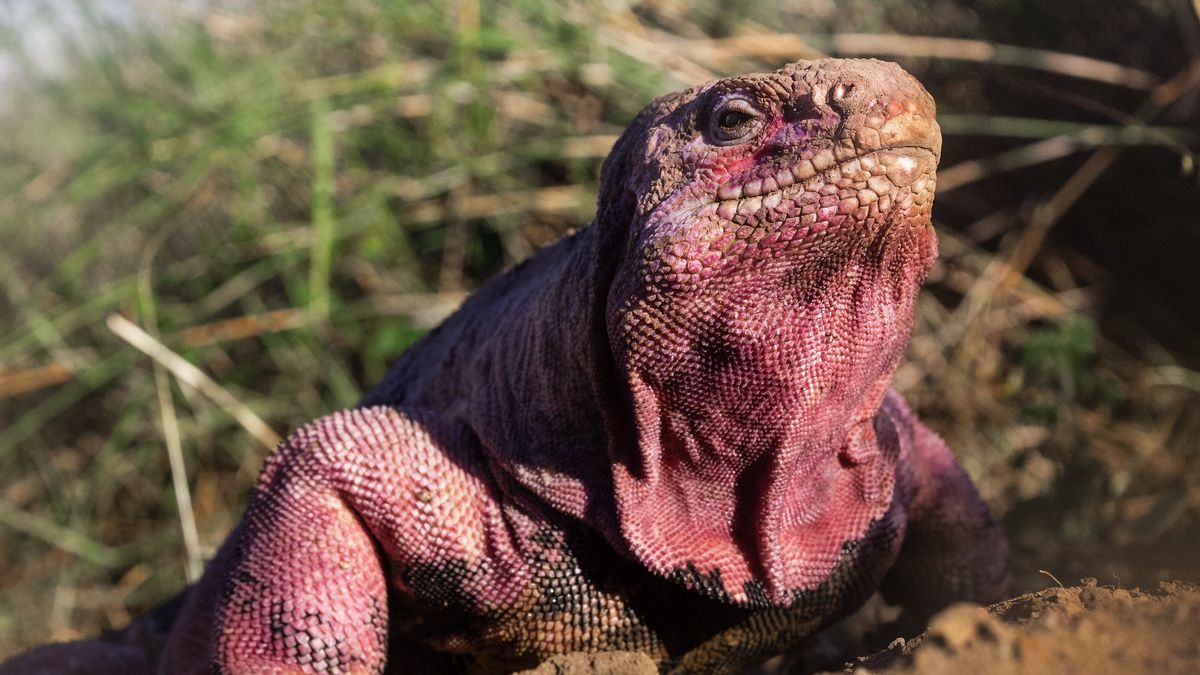JAKARTA - Scientists have discovered a population of hatchlings and adolescents from the pink earth iguana Galapagos, an endangered reptile from the only island in Ecuador's archipelago, for the first time since the discovery of the species decades ago.
Coming from the slopes of Wolf Volkano onasyla Galapagos Island, iguana is considered critically endangered and only a few hundred remain, according to estimates.
"This discovery marks a significant step forward, which allows us to identify a way forward to save pink iguana," Galapagos National Park Director Danny Rueda said in a statement on Tuesday.
Iguana, which is 18.5 inches (47 cm) long, was first discovered by national park rangers in 1986.
However, scientists need decades to recognize the pink iguana as a separate species from others on the island.
Their population is threatened by the island's migrant species, especially merchant animals, the national park said.
"Knowing all aspects that make their existence vulnerable will allow us to take timely action, especially against invasive species and thus avoid interference with the natural cycle of this fragile ecosystem," explains Rueda.
The Galapagos Islands, with its unique wildlife, are the main force behind British scientist Charles Darwin's evolutionary theory.
It is home to a number of species that are not found elsewhere including giant turtles, infectible cormorants, and some iguane species, including pink iguana.
Wolf Volkano is one of the most remote places monitored by the national park, which has installed research and monitoring stations on its base.
The English, Chinese, Japanese, Arabic, and French versions are automatically generated by the AI. So there may still be inaccuracies in translating, please always see Indonesian as our main language. (system supported by DigitalSiber.id)









